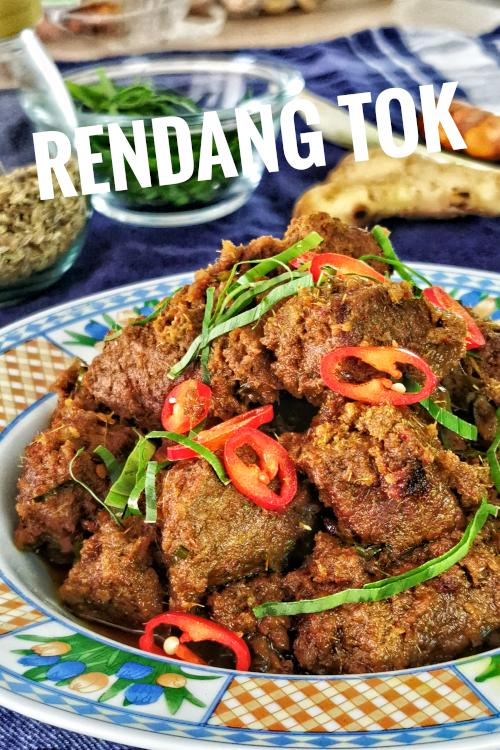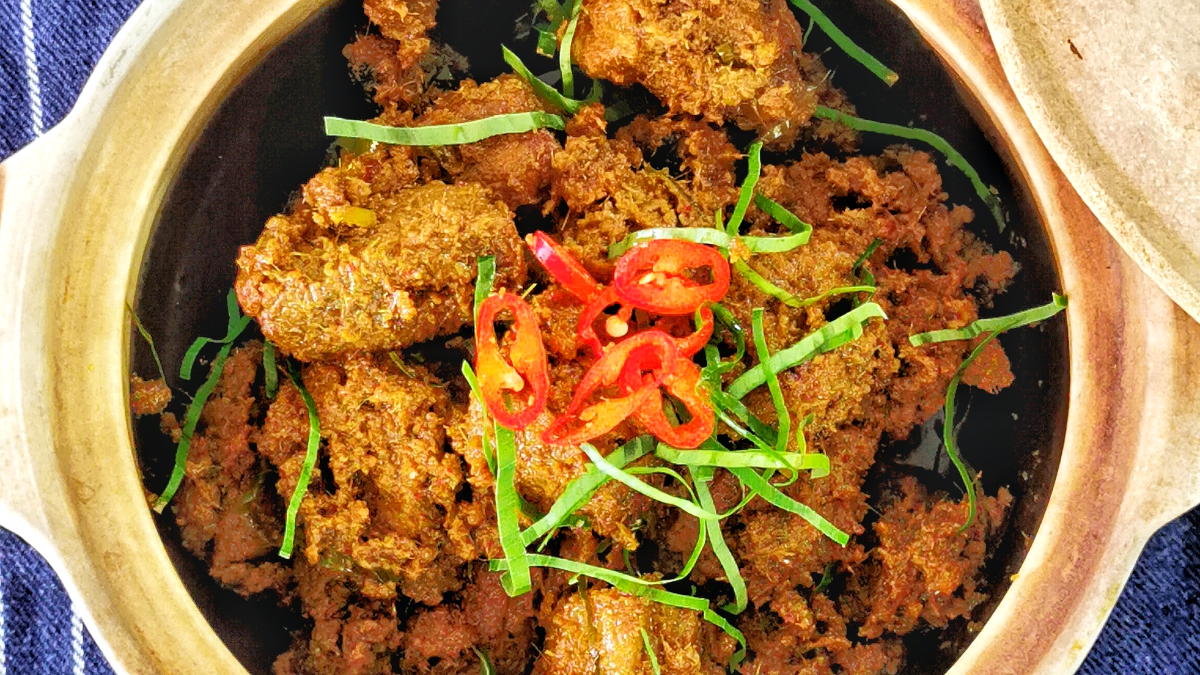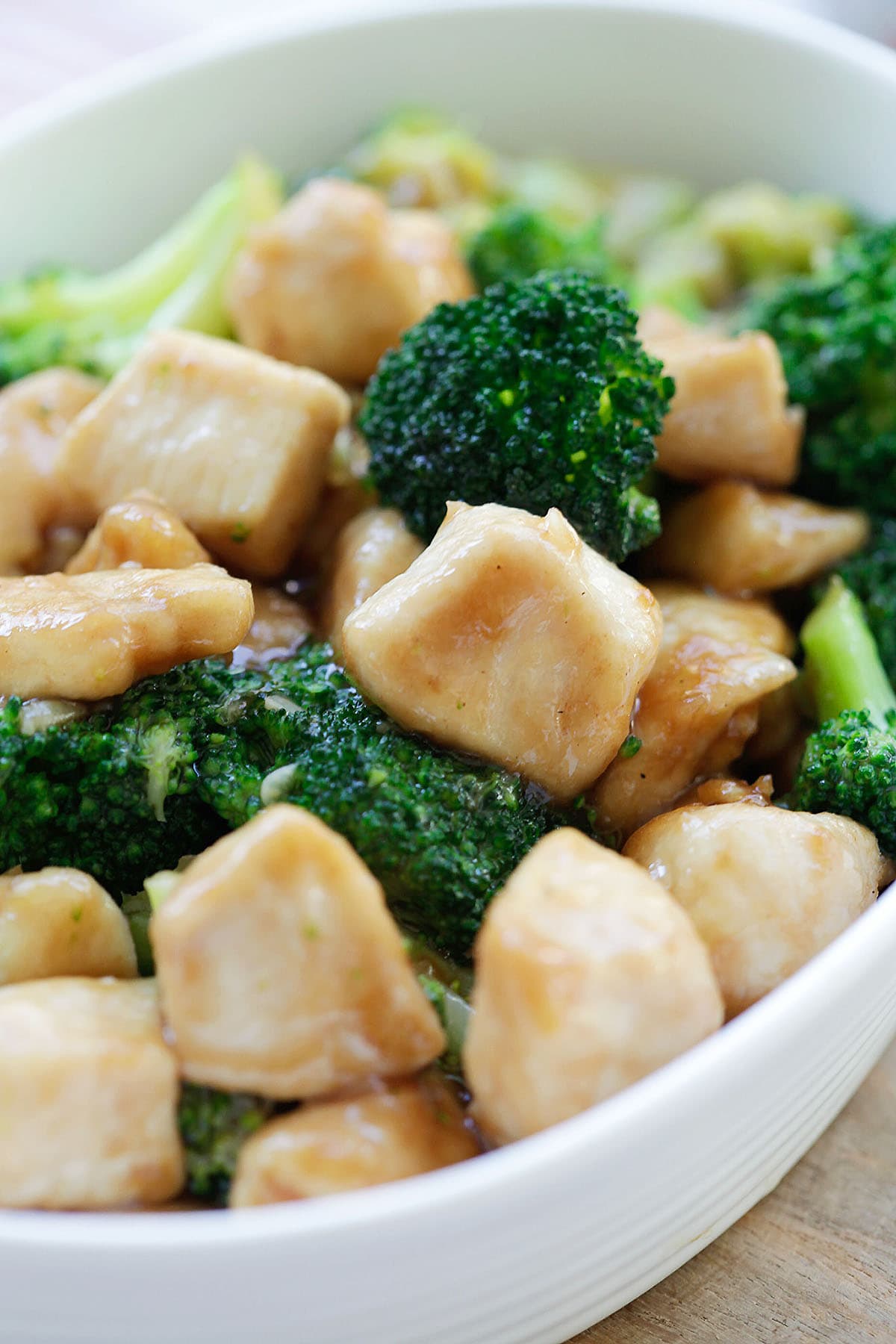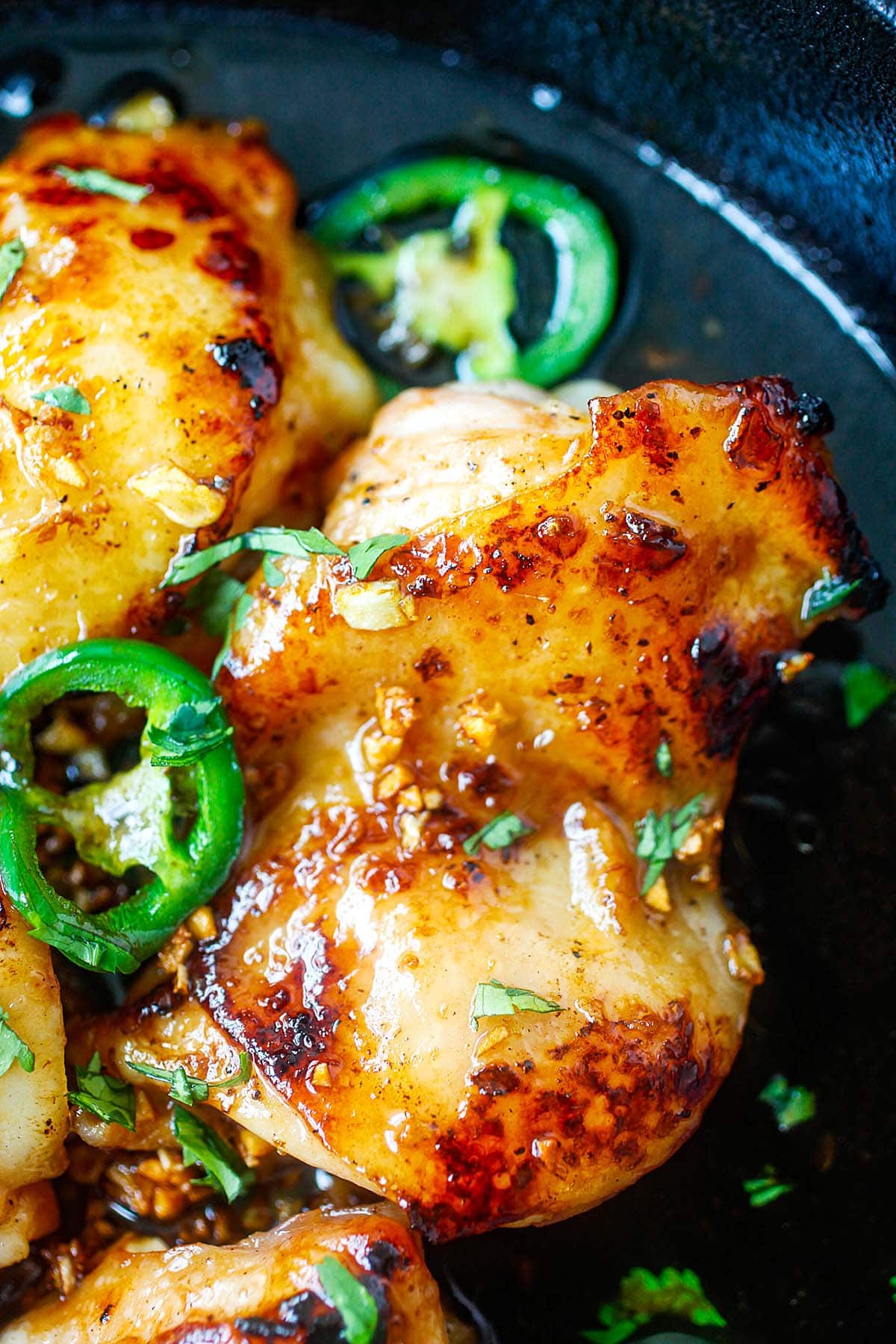Rendang Tok is a renowned beef rendang that hails from Perak, the place where I spent most of my childhood before heading off to college. This version of rendang is notably dry and is believed to have been crafted by royal chefs who had access to a variety of spices that were once beyond the reach of common folk.
Creating the perfect rendang requires time and patience, but the end result is undeniably worth the effort. This dish is a beloved choice for celebrations such as Hari Raya Aidilfitri, Malay weddings, and other significant festivities.
Let’s explore the steps to prepare Rendang Tok.

1. Ingredients Required for Making Rendang Tok
Rendang Tok features some Indian influences, incorporating spices like cumin, coriander, and fennel. When paired with galangal, turmeric, and lemongrass, these ingredients create a distinctive flavor profile. The texture is enriched by the addition of kerisik, which makes the dish creamier and more flavorful. Below is a list of the primary ingredients needed to prepare Rendang Tok.
- Beef: I prefer using beef brisket for this delectable rendang. Other suitable cuts include chuck tender, rump, and topside, all of which remain juicy and tender after long cooking.
- The Spice Paste: This consists of onion, garlic, lemongrass, ginger, turmeric, galangal, candlenuts, and dried chili, delivering a rich blend of aromatic flavors that form the base of the gravy.
- The Dry Spices: These include cumin, coriander, fennel, cinnamon bark, cardamom, star anise, and cloves. If sourcing whole spices proves difficult, feel free to substitute with ground spices available in stores.
- Kerisik: This toasted coconut shavings (kerisik in Malay) can be found in most grocery stores. I prefer to make it from scratch, toasting it to a light golden color rather than the darker shade often found in store-bought versions. Kerisik is a common ingredient in various Malaysian rendang recipes.
- Asam Keping (Asam Gelugur): These sun-dried slices of Garcinia atroviridis fruits add a unique sourness to the rendang. If unavailable, tamarind paste (asam Jawa in Malay) can serve as a substitute, providing a similar tangy flavor.
- Dried Chilies: I use about 15 small dried red chilies in this recipe. Adjust the heat level to your preference by adding more bird’s eye chilies or reducing the amount.
- Palm Sugar: Known as Gula Melaka (Malacca sugar), this sugar is derived from the sap of coconut palm flower buds. It has a distinct flavor but can be replaced with brown sugar if necessary. Palm sugar balances the sourness of asam keping while imparting a subtle sweetness to the savory rendang.
- Coconut Cream: I always opt for fresh coconut cream extracted directly from the coconut, readily available in markets and supermarkets. Canned or boxed coconut cream can be used if fresh is not accessible.
2. How to Prepare Rendang Tok
Here’s a detailed guide on how to prepare Rendang Tok.
a. Prepare the Beef
- Trim off any tough tendons and excess fat. While I prefer to remove excess fat for health reasons, you may leave it in for a richer flavor.
- Cut the beef into large chunks, approximately one to two inches in size. Remember, the beef will shrink slightly during cooking, so it’s best to cut it a bit larger than desired.
b. Prepare the Spice Paste:
- Chop the onion, garlic, ginger, and turmeric into small pieces.
- Remove both ends of the lemongrass and peel off the outer sheath, using only the inner part. Roughly chop this inner part into small sections.
- Remove the seeds from the dried chilies and soak them in hot water for about fifteen minutes or until softened.
- Combine all the ingredients, including the candlenuts, in a blender. Add enough water to allow the ingredients to blend into a smooth paste.
- Blend until you achieve a thick consistency.
- Sauté the spice paste until it becomes aromatic.
c. Prepare the Dry Spices
- Toast the fresh seeds of cumin, coriander, and fennel in a pan until fragrant, then blend them into a powder. Alternatively, you can use pre-ground spices for convenience.
d. Cook the Spices
- Heat about half a cup of oil in a large wok. Using a generous amount of oil is essential for achieving a rich and glossy gravy.
- Add the dry spices (cinnamon, cardamom, star anise, and cloves) to the oil over medium heat, sautéing until the aroma fills the kitchen.
- Incorporate the blended chili paste and toasted spices, continuing to sauté over medium heat for about ten minutes. The water in the spice paste will evaporate, and the color will deepen.
e. Stew the Beef
- Add the beef cubes and coconut cream, mixing thoroughly until it reaches a boil.
- Reduce the heat to a minimum, allowing the rendang to simmer gently. Cover with a lid and let it stew for at least three hours, stirring occasionally to prevent sticking. As it cooks, the gravy will darken from light brown to a rich dark brown, and the oil will separate from the beef and gravy—a process known as pecah minyak (oil-breaking) in Malay, indicating that most of the water has evaporated.
f. Include the Remaining Ingredients
- Add the asam keping, kerisik, and palm sugar, seasoning with salt and black pepper.
- Sprinkle thinly sliced turmeric leaves into the wok and continue cooking over the lowest heat for another half to one hour. No additional water is needed, as Rendang Tok is meant to be a dry dish.
- After prolonged cooking, the gravy will turn dark brown, and a concentrated aroma of spices will fill the air. The beef should be tender and ready to serve.
- Garnish the rendang with thinly sliced red chilies and additional turmeric leaves or kaffir lime leaves.

3. Tips to Make the Best Rendang Tok
- I do not marinate the beef, as some recipes suggest. The flavors will adequately penetrate the meat during the long cooking process.
- The components of the spice paste differ from other rendang recipes, contributing to the unique flavor of Rendang Tok.
- Cinnamon bark, cardamom, star anise, and cloves are known as Empat Sekawan (four buddies in Malay) and are commonly used in various Malay dishes.
- Always refrigerate fresh coconut cream (santan in Malay) to prevent it from turning rancid. However, it can be frozen for several weeks without issue.
- When purchasing coconut cream, check the labels carefully, as some brands may label it as coconut milk. Choose a product with around twenty percent fat content for cooking, avoiding those intended for drinking.

How to Store Rendang Tok
Rendang Tok tastes even better the next day. It can be stored in the refrigerator for a few days, although the flavor may gradually diminish. For longer preservation, it’s best to freeze it.
Other Rendang Recipes
Consider trying other rendang recipes that offer different flavors compared to Rendang Tok. Here are two recommendations from this blog:
- My chicken rendang recipe features a classic wet rendang with plenty of sauce, making it a delightful hybrid of dry rendang and saucy curry. It’s less labor-intensive and perfect for your dinner rotation.
- Beef Minang originates from Minangkabau in Indonesia and is perhaps the most popular rendang globally.





